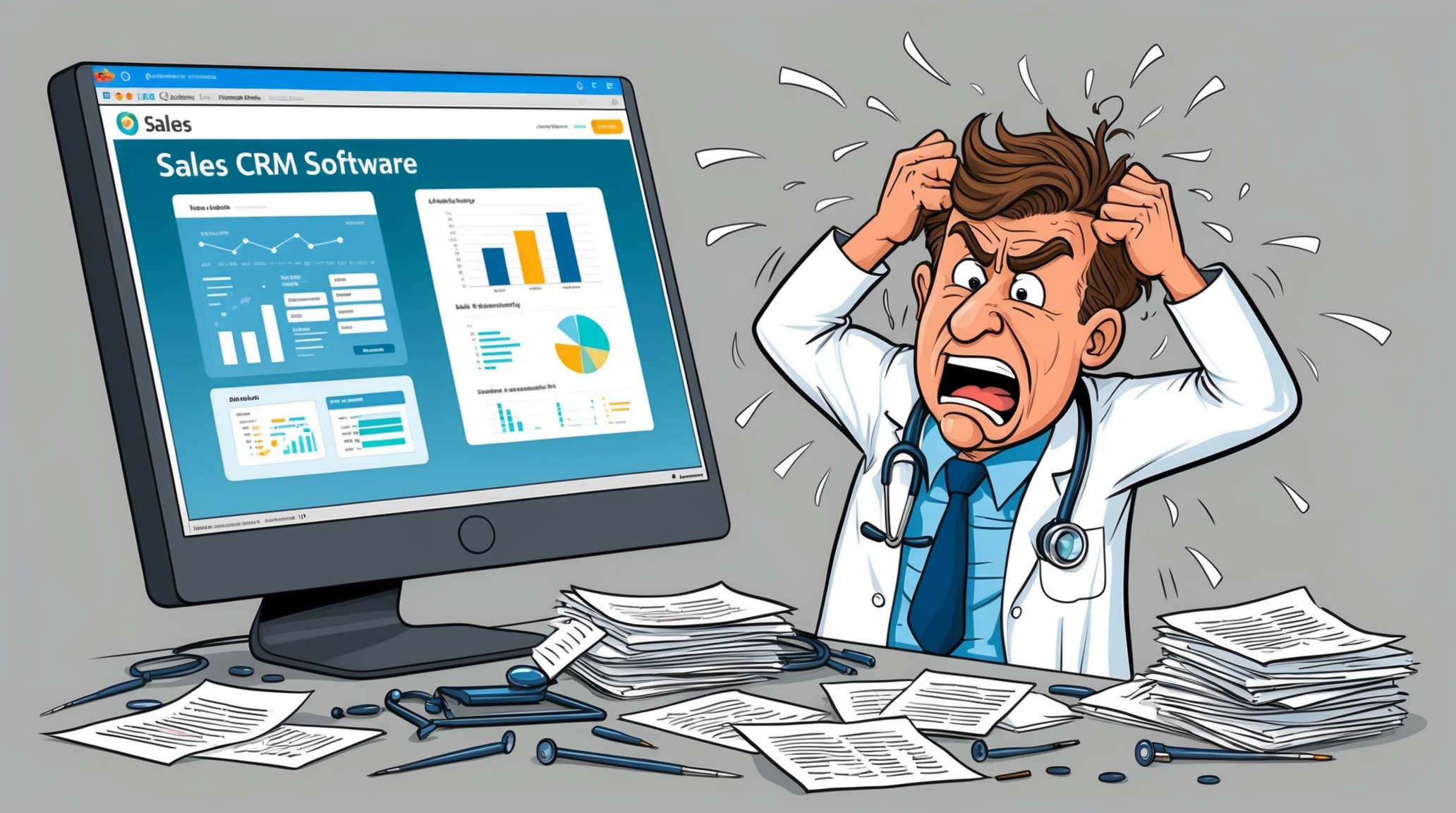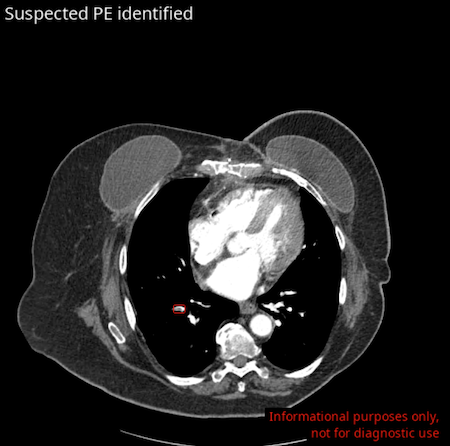Introducing Care Team Management: Revolutionizing Care Coordination with FHIR

Remember the last time you tried to coordinate a family vacation? Getting everyone on the same page about dates, locations, and who's bringing what feels like herding cats. Now imagine that scenario, but with patient lives on the line, HIPAA compliance requirements, and the pressure of delivering exceptional healthcare. Welcome to care coordination in 2025.
The "Who's Driving This Thing?" Problem
We've all been there. A patient needs coordinated care from multiple specialists, but nobody's quite sure who's steering the ship. Is it the primary care physician? The cardiologist who saw them last? The care coordinator who's been frantically calling around trying to get everyone aligned?
Our latest release tackles this head-on with comprehensive Care Team Management and honestly, it's about time healthcare caught up with what project management figured out decades ago.
What's New: Your Care Team Command Center
Think of this as your mission control for patient care. Here's what we've built:
Full FHIR CareTeam Resource Support
We're not just bolting on another feature we've implemented this the right way, with full FHIR R4 compliance. This means your care teams integrate seamlessly with existing EHR systems, not against them. It's like finally getting that universal remote that actually works with all your devices.
Provider Role Management That Actually Makes Sense
Remember when you had to choose between "Doctor" and "Nurse" and pray that covered everyone? Our new provider role management system lets you create custom roles, set availability schedules, and handle automated validation. Whether you're dealing with a clinical pharmacist, a patient navigator, or a wound care specialist, the system adapts to your reality. on duty, who's with patients, and who just stepped out for lunch (because yes, healthcare workers do eat occasionally).
The Technical Stuff (For Those Who Care)
Behind the scenes, we've rebuilt our care team architecture from the ground up. The new system handles:
- Dynamic team composition (because healthcare teams change as patient needs evolve)
- Role-based permissions (so everyone sees what they need to see, nothing more)
- Automated notifications (because nobody has time to manually update 15 people every time something changes)
- Integration with existing workflows (because throwing out everything and starting over is not an option in healthcare)
What This Means for Your Daily Life
Let's be honest most "revolutionary" healthcare technology feels more like evolution at the speed of molasses. But this is different. Here's what you can expect:
Faster Patient Handoffs
No more "Is Dr. Smith still following this patient?" mysteries. The care team roster is always current, always visible, and always actionable.
Better Continuity of Care
When providers know exactly who else is involved in a patient's care, they make better decisions. It's like having the full picture instead of just one piece of the puzzle.
The "But Wait, There's More" Moment
This isn't just about managing existing care teams it's about making it ridiculously easy to build better ones. Need to add a mental health counselor to a diabetes patient's care team? Two clicks. Want to temporarily bring in a specialist for a complex case? Done. Need to reassign care coordination responsibilities? No problem.
What's Next?
We're already working on the next evolution: AI-powered care team suggestions. Imagine a system that learns from successful care team compositions and suggests optimal team configurations for new patients based on their diagnosis, complexity, and available resources.
But for now, we're just excited to see how this transforms your daily workflow. Because at the end of the day, better care coordination isn't just about efficiency it's about giving patients the coordinated, comprehensive care they deserve.
Ready to revolutionize your care coordination? The new Care Team Management features are available now. Questions? We're here to help you get set up.
P.S. - If you're one of those early adopters who's already using these features, we'd love to hear your stories. Drop us a line at hello@carelaunch.com we're always looking for real-world examples of how these tools make a difference.

















